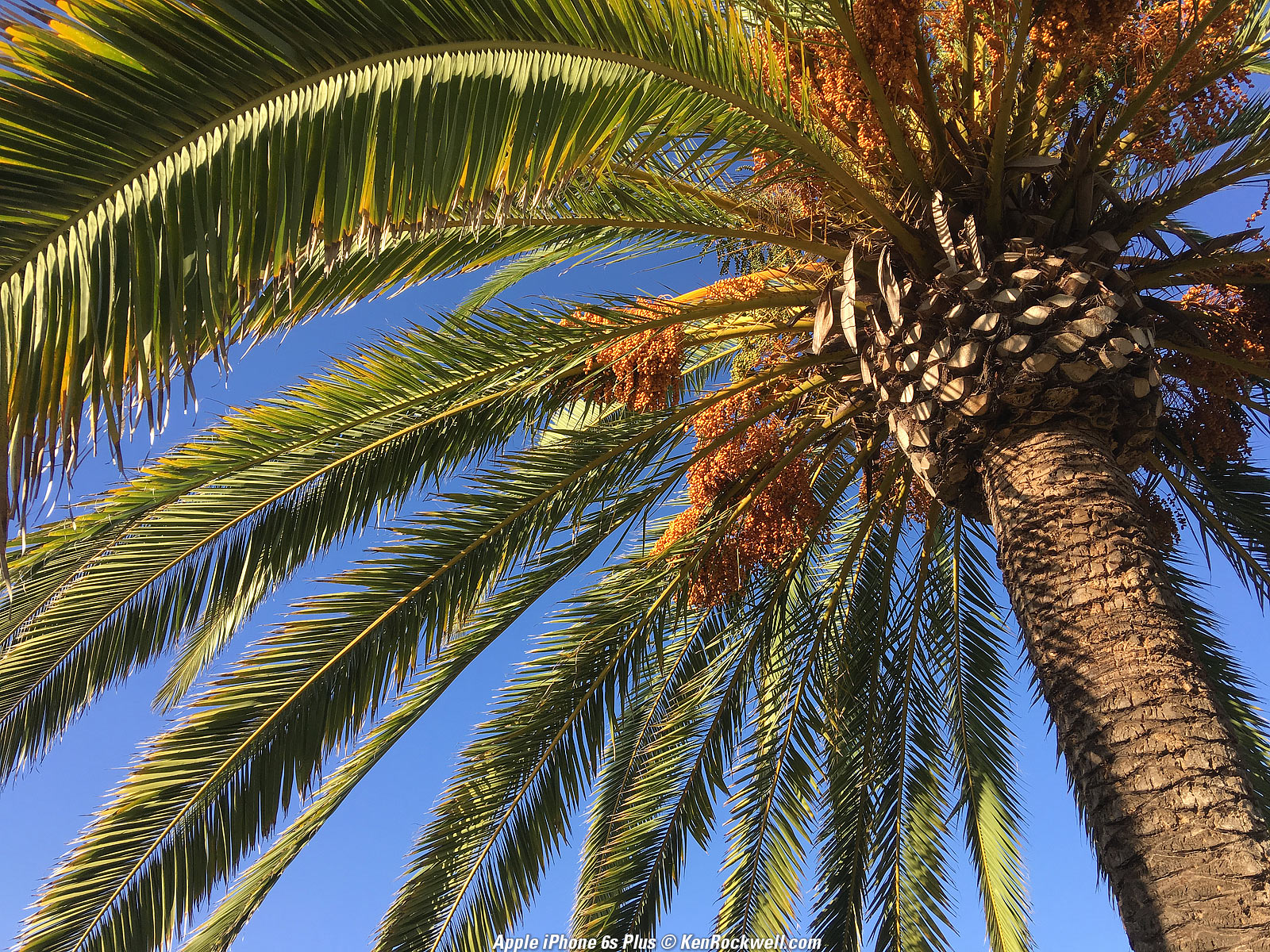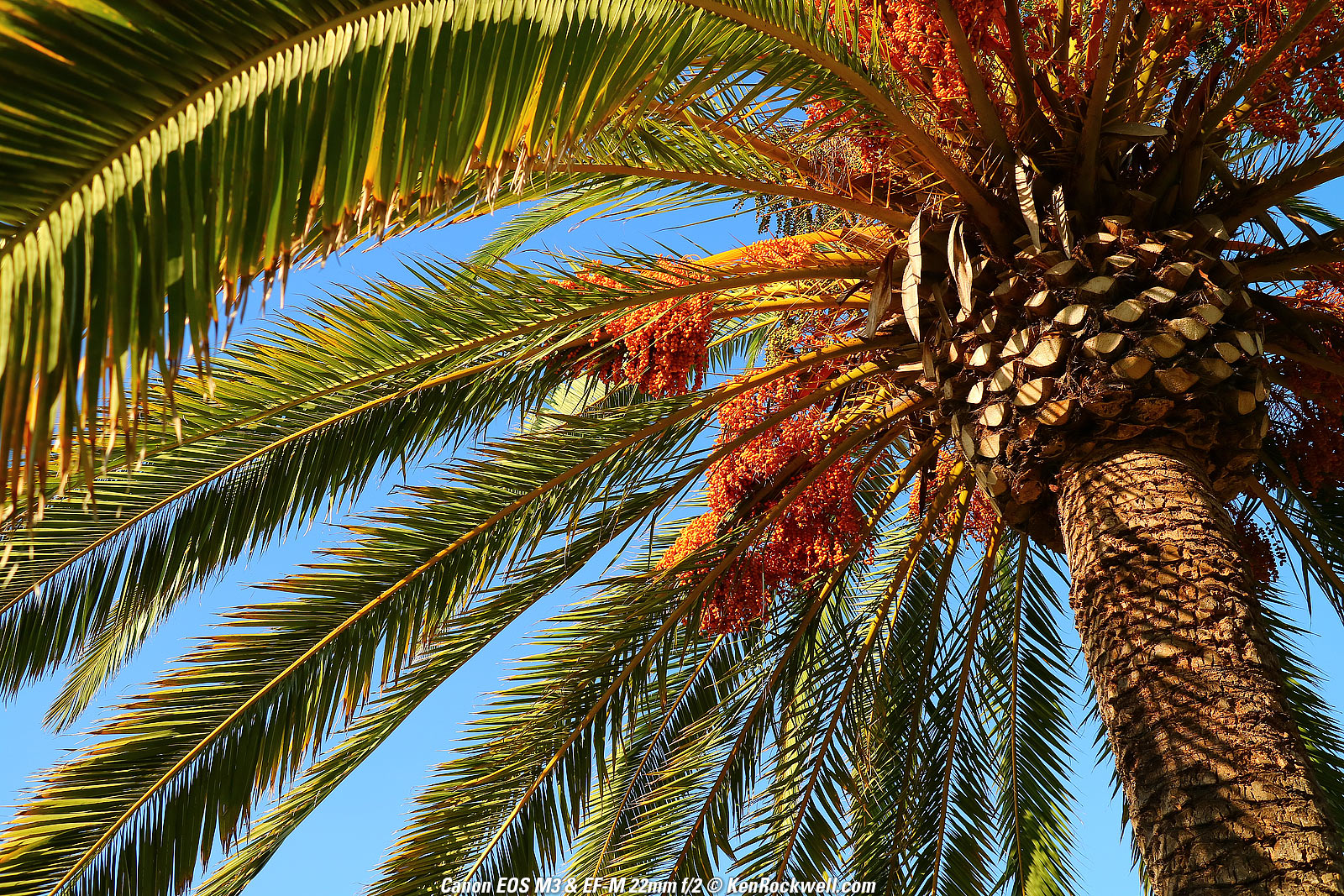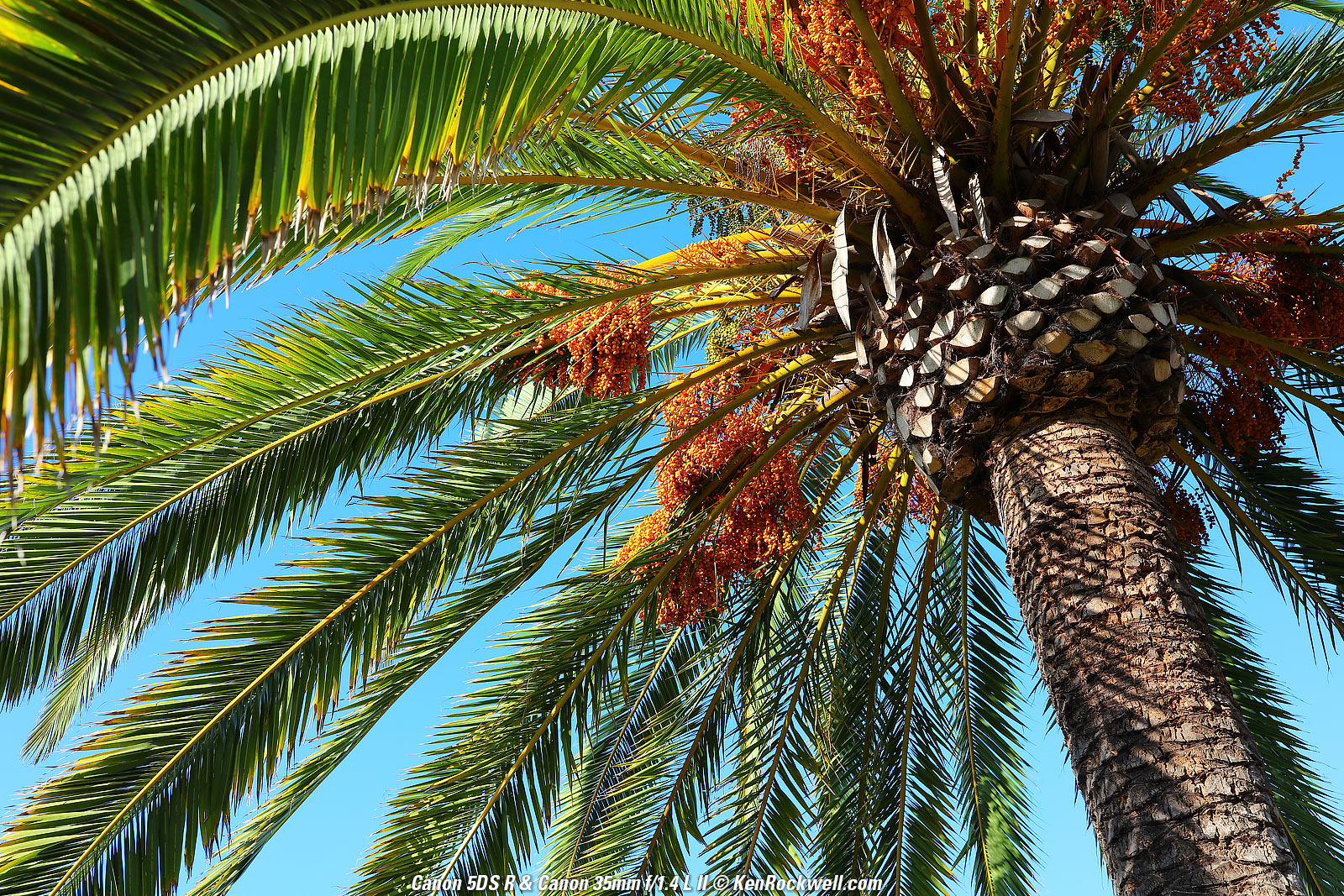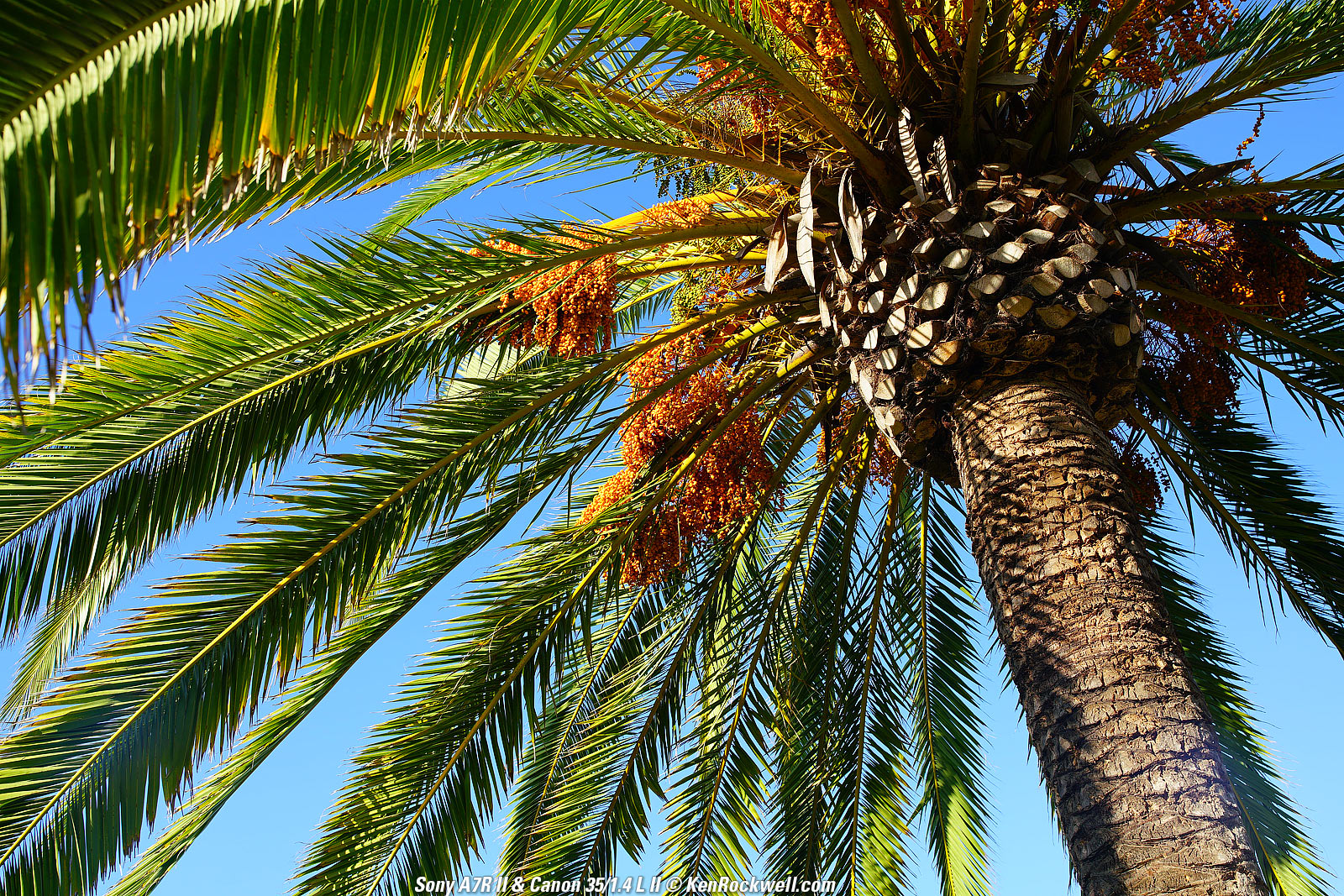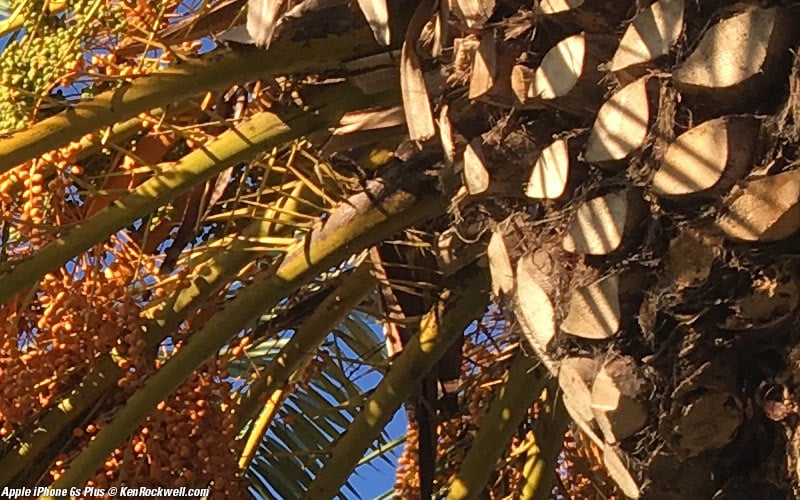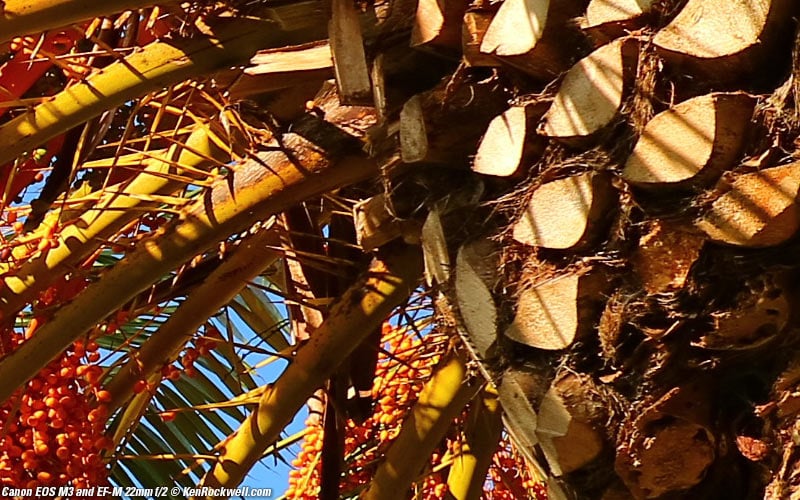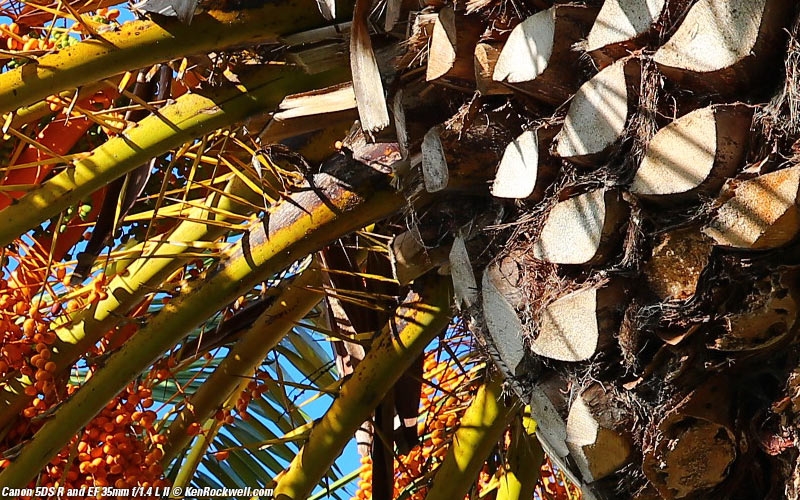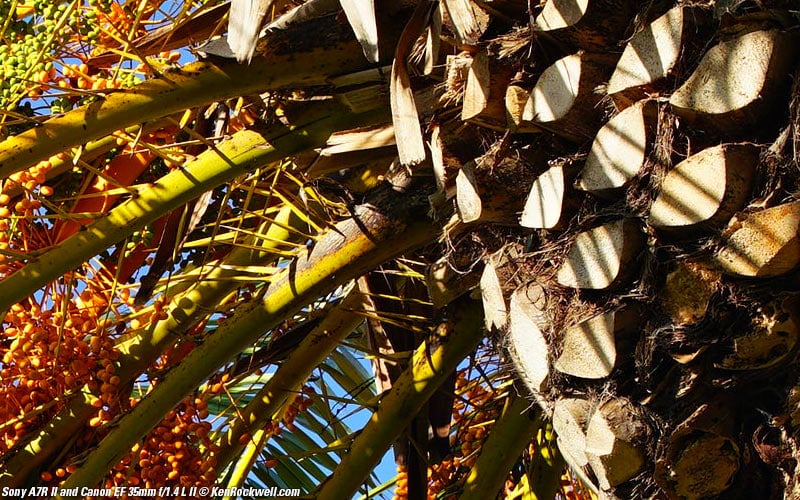35mm @ 12MP Shootout:
Canon 5DS R & 35/1.4 L II
Sony A7R II & Canon 35/1.4 L II
Canon EOS M3 & 22mm f/2
Fujifilm X100T
Apple iPhone 6s Plus
Intro Technik Full Images Crops Analysis Recommendations
This all-content, junk-free website's biggest source of support is when you use any of these links to my personally-approved sources when you get anything, regardless of the country in which you live. Thanks for helping me help you! Ken.
November 2015 Apple Canon Fuji Sony All Reviews
Sony A7R II & Canon EF 35/1.4 L II (with Fotodiox EF > NEX adapter)
Canon EOS M3 & EF-M 22mm f/2 (35mm equivalent)
Fujifilm X100T & 23mm f/2 (35mm equivalent)
Introduction
Top Intro Technik Full Images Crops Analysis Recommendations
One morning I realized I had five camera systems that had fast fixed 35mm lenses (or the equivalent), and all which shot at 12 megapixels.
Just how do these very different cameras compare, especially with a real-world target?
Technik
Top Intro Technik Full Images Crops Analysis Recommendations
I shot each at my usual image settings, set each to 12 MP JPG, Program Auto and ISO 100 unless noted otherwise.
The crops are unsharpened and unaltered, except I resized the Fuji X100T file down to 12MP (4,250 x 2,833 pixels) for the 100% crop below (it has no 12MP setting; its original 16 MP file is shared at the links below).
The iPhone has no settings; it does everything with magic all by itself. It shoots at 12MP and its lens is equivalent enough to a 35mm f/2.2 on full frame. It shot at f/2.2 at 1/506 at ISO 25.
The Canons were shot at Standard Picture Style with Saturation set to +4. Sharpening was set to 7 and each was set to 12 MP. The EOS M3 shot at f/4 at 1/500 and the 5DS R shot at f/6.3 and 1/160.
The Fuji was set to +2 for Color. It shot at f/5.6 at 1/240 at ISO 200.
The Sony was set to Vivid and +3 Saturation. It shot at f/6.3 at 1/160; same lens and same exposure as the 5DS R.
Complete Images
Top Intro Technik Full Images Crops Analysis Recommendations
Click any of these for the original © file to explore on your computer. Even though clicking the original files will cheerfully display on most mobile devices, few if any mobile devices can display the full resolution and will instead show the full images with lowered resolution, so reserve judgement on the original files for home or office.
Apple iPhone 6s Plus (approx. 35mm f/2.2 equivalent). bigger or original © file.
Fujifilm X100T & 23mm f/2 (35mm f/2 equivalent). bigger or original © file.
Canon EOS M3 & EF-M 22mm f/2 (35mm f/2 equivalent). bigger or original © file.
Canon 5DS R & 35/1.4 L II. bigger or original © file.
Sony A7R II & Canon EF 35/1.4 L II (with Fotodiox EF > NEX adapter). bigger or original © file.
Crops at 100%
Top Intro Technik Full Images Crops Analysis Recommendations
Click any of these for the original © file to explore on your computer. Even though clicking the original files will cheerfully display on most mobile devices, few if any mobile devices can display the full resolution and will instead show the full images with lowered resolution, so reserve judgement on the original files for home or office.
If these are about 8" (20cm) wide on your screen and you printed the entire image at this same high magnification, the prints would be 30 x 40" (80 x 120 cm). When's the last time you actually printed this big and then looked at the prints this close?
Apple iPhone 6s Plus (approx. 35mm f/2.2 equivalent). bigger or original © file.
Fujifilm X100T & 23mm f/2 (35mm f/2 equivalent). bigger or original © file.
Canon EOS M3 & EF-M 22mm f/2 (35mm f/2 equivalent). bigger or original © file.
Canon 5DS R & 35/1.4 L II. bigger or original © file.
Sony A7R II & Canon EF 35/1.4 L II (with Fotodiox EF > NEX adapter). bigger or original © file.
Analysis
Top Intro Technik Full Images Crops Analysis Recommendations
12MP ≠ 12MP ?
A higher-resolution camera set to record down at only 12MP gives a sharper picture than a native 12MP camera because it eliminates the softening effects of Bayer interpolation.
In English, cameras lie about their resolution. Cameras really only have one-third to one-half their rated resolution because their sensors detect only one color (red, or green, or blue) at each pixel location. In order to create a color image, the data for each individual color (red or green or blue) is interpolated (smeared) across several pixel locations so we have a red, a green and a blue value for every pixel location.
This smearing is called Bayer interpolation, since Mr. Bayer defined how the red, green and blue sensors are laid out across most sensors. Since we only can detect one color at each pixel location, we have to smear the other colors around so we have full color for each pixel. If we look at an image at its native resolution, all cameras lose sharpness because of this.
When we reduce the size of the image either later in software or right there in the camera, if we reduce it enough then we have complete red, green and blue information for every one of the fewer pixel locations.
In English, when we reduce image size, the resulting image will be sharper pixel-to-pixel than when it was at the full native resolution
This is why you'll see that a 50MP camera shot at its 12MP setting is much sharper than a 12MP camera shot at 12MP.
Apple iPhone 6s Plus
The full Apple iPhone 6s Plus image looks bigger because it is. It's the only camera here with the correct 4:3 aspect ratio, which means when all images are displayed at the same width, the iPhone image is 12% taller than any of the image from the other cameras. All the other camera use the silly 1.5:1 aspect ratio.
The iPhone has the lowest native resolution, at 12MP, so we expect the 100% crops to be less sharp.
You'll notice that the iPhone also does the best job of holding highlights and shadows; the others tend to wash out highlights and block-up shadows in this contrasty scene.
While it may not be quite as sharp if you're a nerd who sticks his face too close to 30x40" prints, what's more important is that the iPhone images are bigger! Look at the full-images above, and it's superior 4:3 aspect ratio results in taller images and prints for the same height.
Did you notice that even with a teeny-tiny sensor that the iPhone image is just as clean and clear as the others? While most small-format camera are grainier than larger cameras, the iPhone shoots at f/2.2 even in daylight, and throttles-back its sensor to ISO 25 for low noise and vivid color to match larger sensors shot at ISO 100 or 200.
All the others have their colors cranked up to crazy by me, while the iPhone gives us what it gives us — which looks great.
Fuji X100T
The Fujifilm X100T probably has the poorest color rendition for nature and landscape use. Fuji's colors are highly optimized for the people photos at which Fuji cameras excel, but the price is that nature and landscape color rendition is only fair.
The Fuji is mid-pack for sharpness at 100%. While its megapixel rating (16MP) is second from the bottom, it's magic sensor needs no anti-alias filter. Thus it renders images very sharply as well.
Canon EOS M3
The Canon EOS M3 surprised me in have much wilder and redder color than any other camera. It looks great for this photo, but it beats me as to how it could be so different from the 5DS R when set to the same settings. Obviously Canon isn't really using the same color settings internally between the EOS M3 and regular DSLRs. In any case, the EOS M3 color is the most pleasing artistically, but much warmer and less realistic than the other images.
As a 24MP camera set to record at 12MP, I also have no idea why it's not as sharp as the higher resolution cameras, but it's not. The EOS M3 in these samples is the second softest image, most likely due to lazy in-camera processing.
Overall, I like the color out of the EOS M3, and have no idea why it's not sharper.
Canon 5DS R
The Canon 5DS R looks the best. It's colors are the best (the most neutral and the most vivid), and its sharpness is extraordinary.
While it ought not matter that much, this 50MP camera is clearly the sharpest of this lot when shot down at 12MP.
This downsampling ratio (50 to 12 MP) eliminates all Bayer interpolation, which is a completely different softening effect than anti-alias filtering.
Sony A7R II
The Sony A7R II when shot with with the Canon EF 35/1.4 L II and Fotodiox EF > NEX adapter isn't quite as sharp and doesn't quite have color rendition as good as the Canon 5DS R with the same lens, but compared to my other comparisons, isn't that bad either.
It's a waste of time, money and image quality to adapt Canon lenses to the A7R II when you can get better results by just shooting them on Canon cameras in the first place, and at least we have another data point with this comparison.
Recommendations
Top Intro Technik Full Images Crops Analysis Recommendations
As expected, the Canon 5DS R is easily the best, and it's also the biggest, heaviest and most expensive. It's nice that even at 12MP it's still superior.
I hope I've shown that even the Apple iPhone 6s Plus easily competes with the big cameras. Its images look great, with more shadow and highlight detail due to its lower contrast and instant, automatic HDR when needed. Even at 30 x 40" it's plenty sharp, and its optimum 4:3 aspect ratio actually lets you print directly at 30 x 40" without having to crop-off any of the image. All the other cameras use the obsolete 1.5:1 ratio, which requires you crop-off some of the sides to fit a 30 x 40" print; otherwise they'd require an odd 28⅓ x 42½" print size to retain the same pixel density.
Of course look at the complete image files on your own computer and form your own opinions; know also that shooting a different target will give different colors all over again while sharpness will stay the same.
© Ken Rockwell. All rights reserved. Tous droits réservés. Alle Rechte vorbehalten.
Help Me Help You
I support my growing family through this website, as crazy as it might seem.
The biggest help is when you use any of these links when you get anything. It costs you nothing, and is this site's, and thus my family's, biggest source of support. eBay is always a gamble, but all the other places always have the best prices and service, which is why I've used them since before this website existed. I recommend them all personally.
If you find this page as helpful as a book you might have had to buy or a workshop you may have had to take, feel free to help me continue helping everyone.
If you've gotten your gear through one of my links or helped otherwise, you're family. It's great people like you who allow me to keep adding to this site full-time. Thanks!
If you haven't helped yet, please do, and consider helping me with a gift of $5.00.
As this page is copyrighted and formally registered, it is unlawful to make copies, especially in the form of printouts for personal use. If you wish to make a printout for personal use, you are granted one-time permission only if you PayPal me $5.00 per printout or part thereof. Thank you!
Thanks for reading!
Mr. & Mrs. Ken Rockwell, Ryan and Katie.

